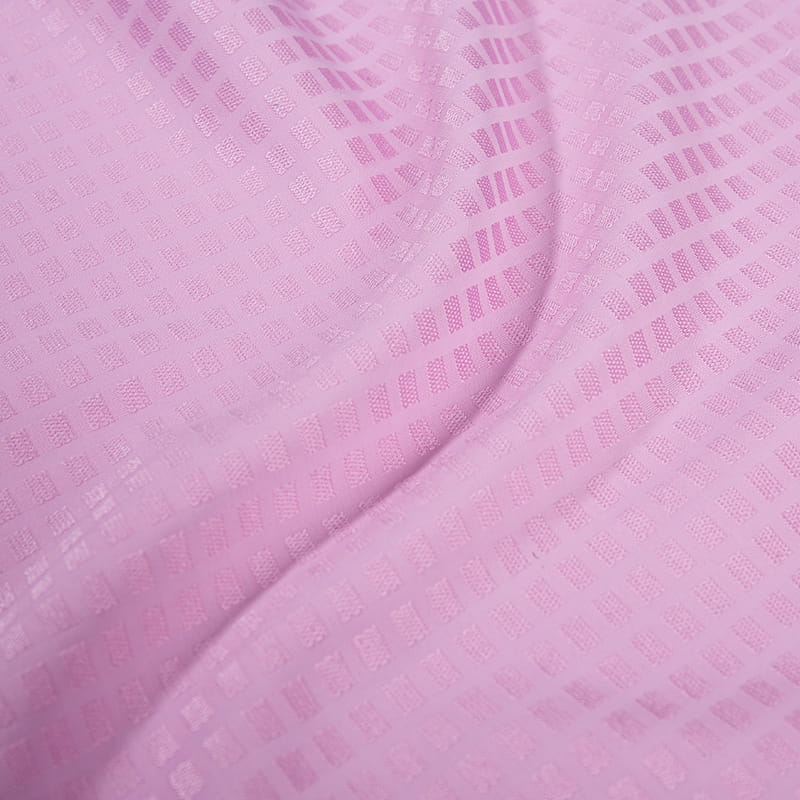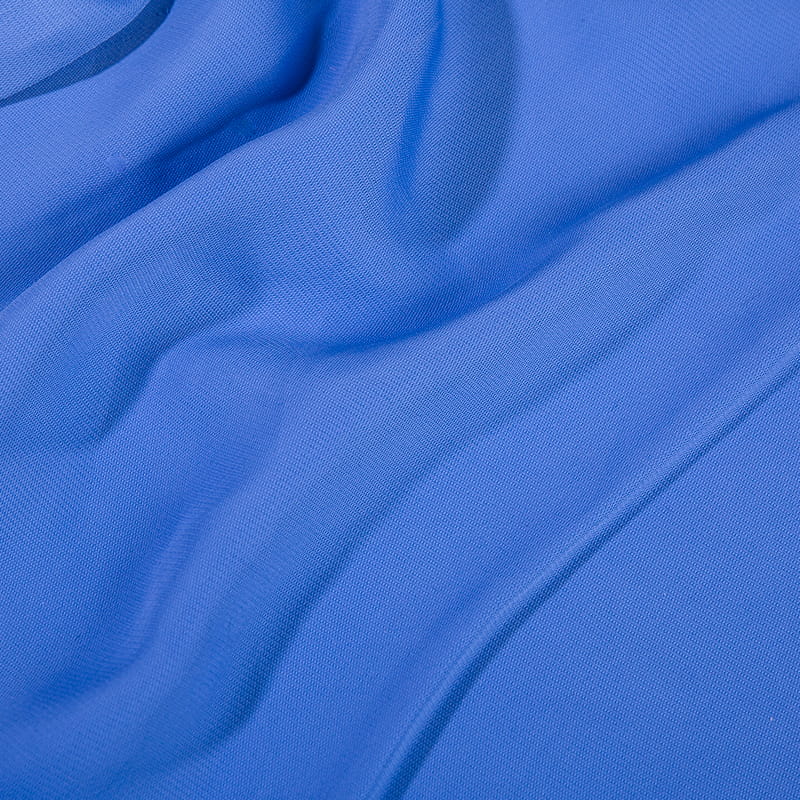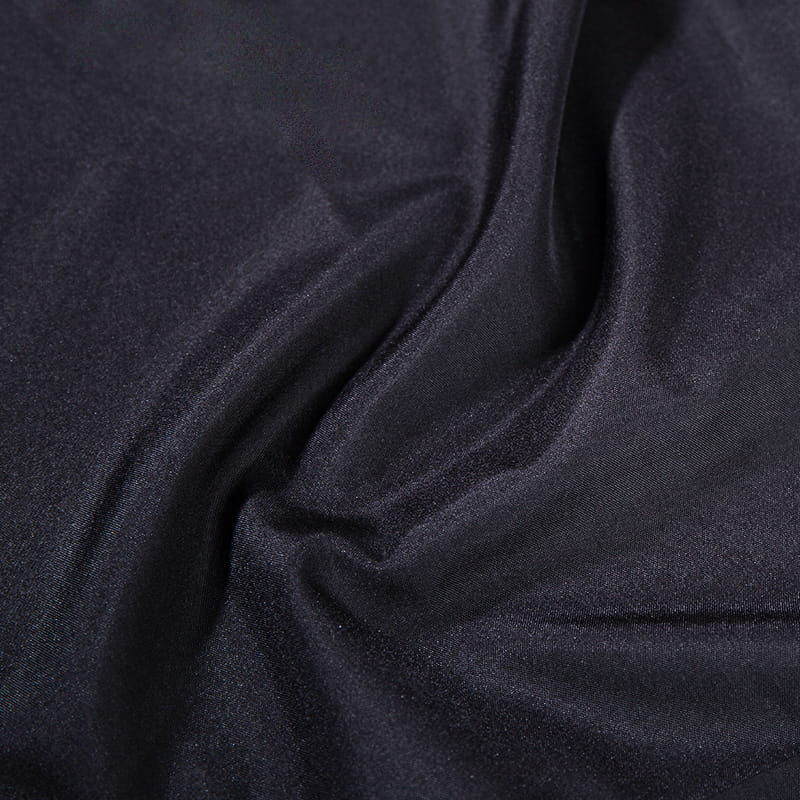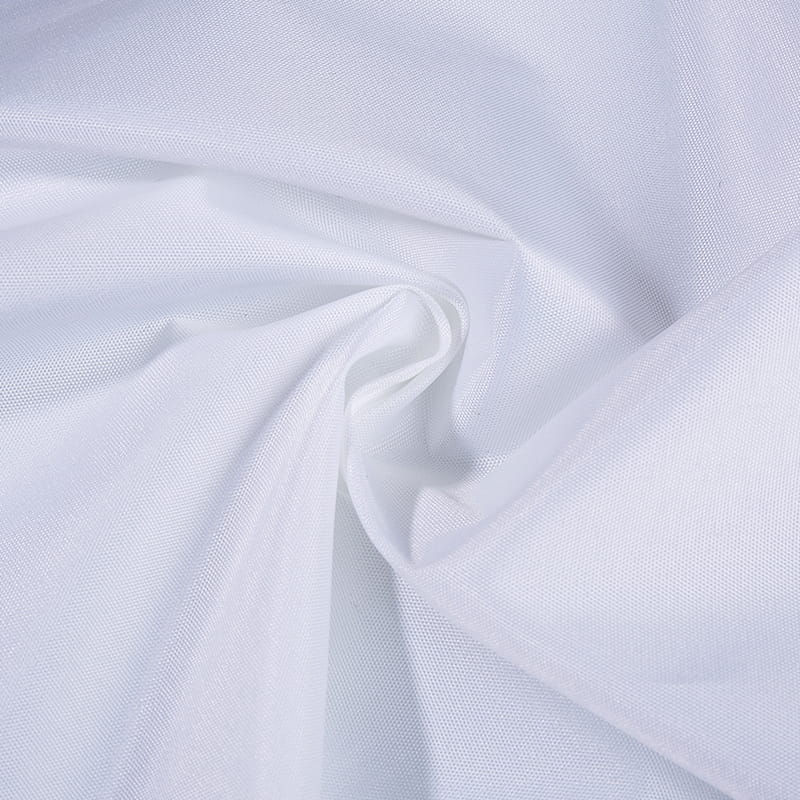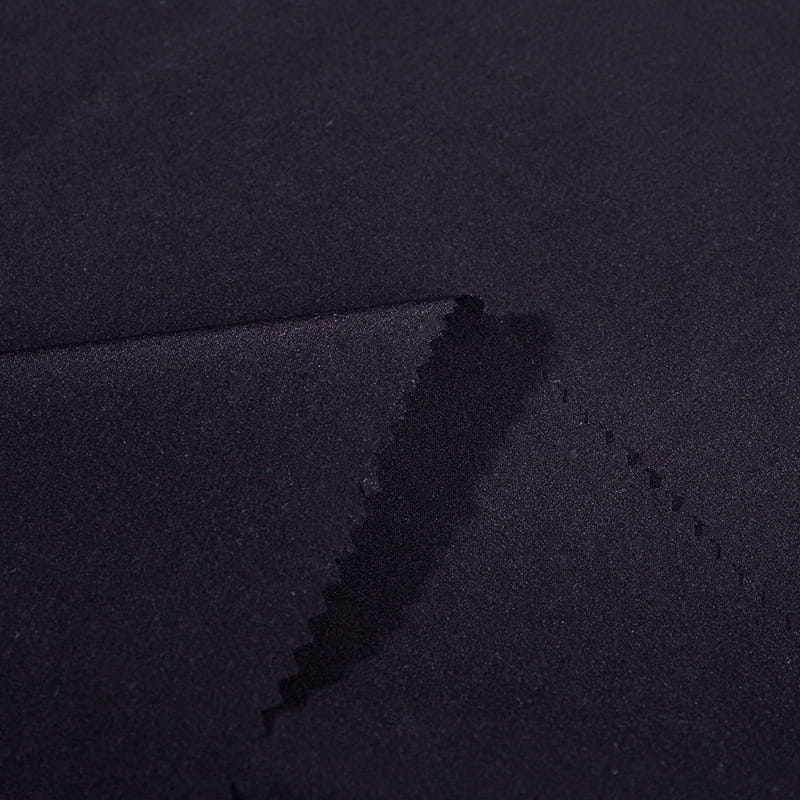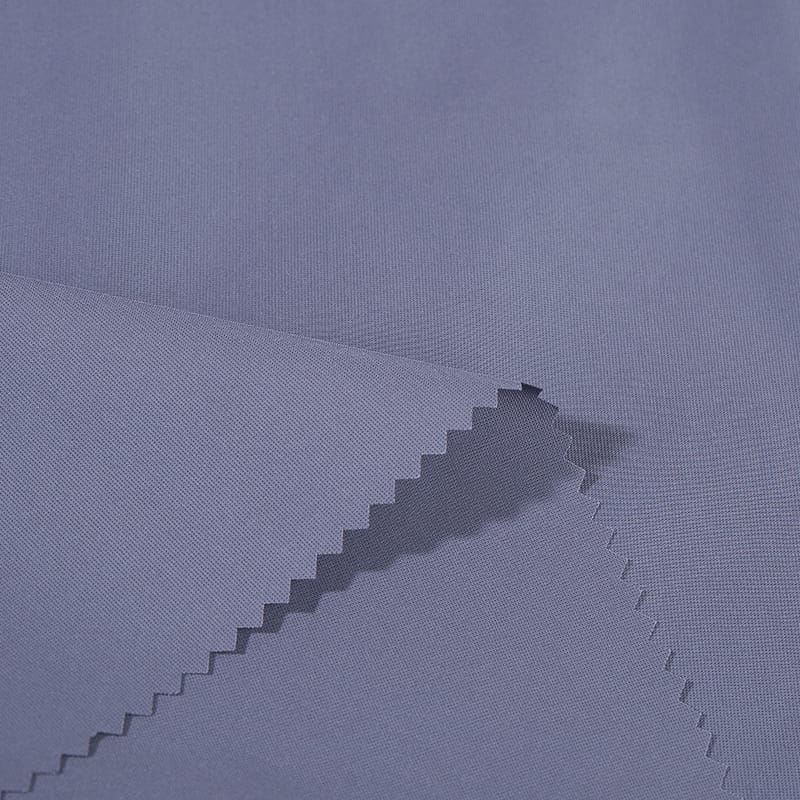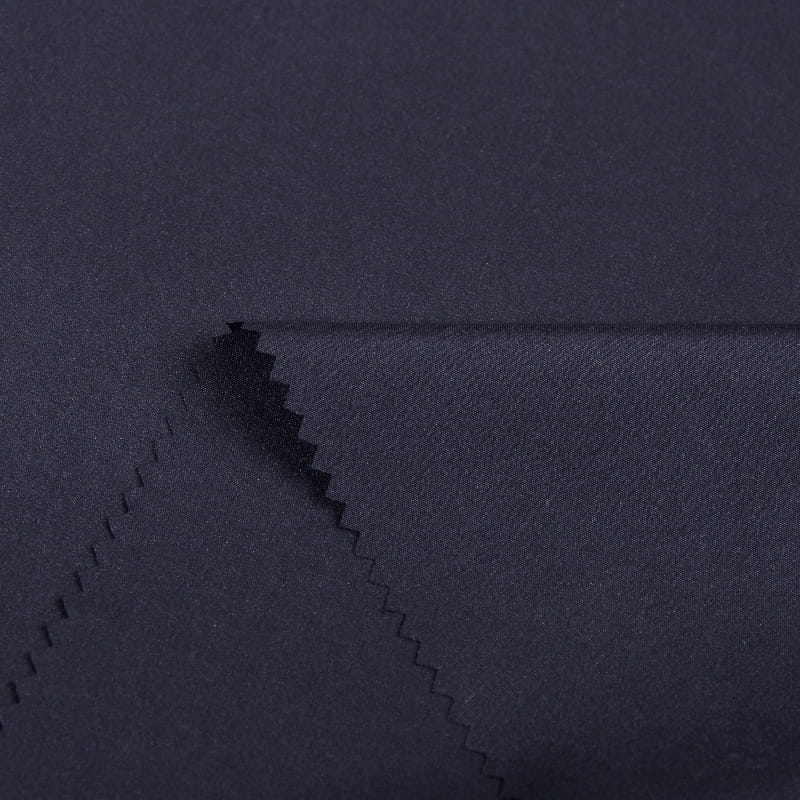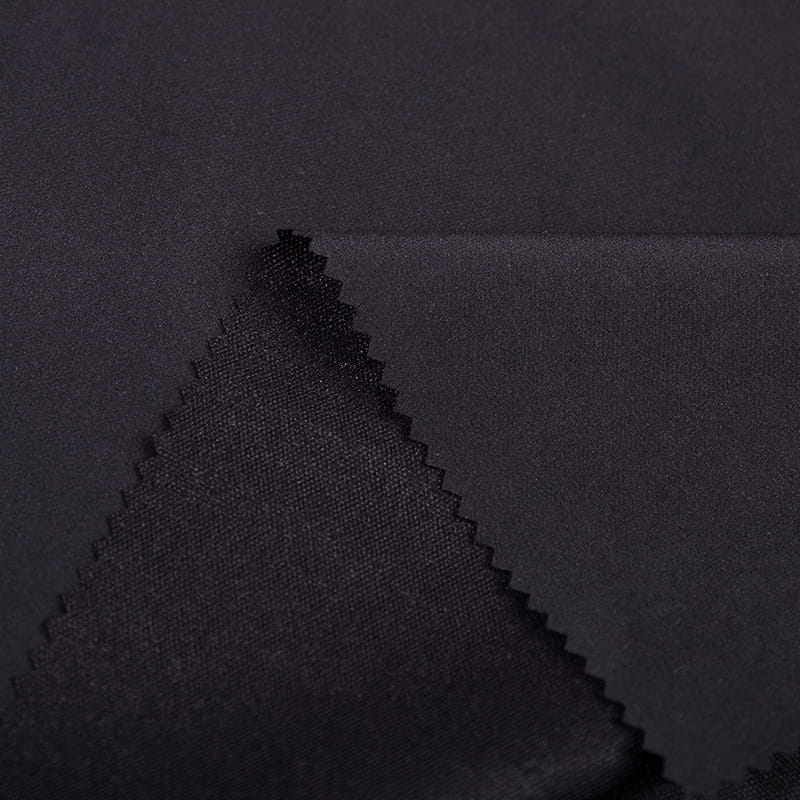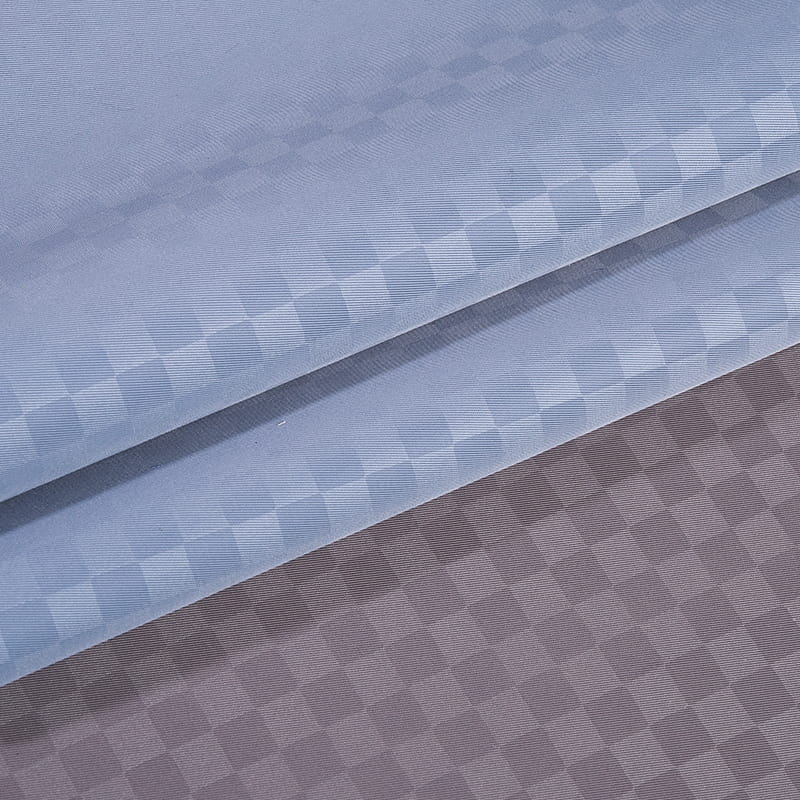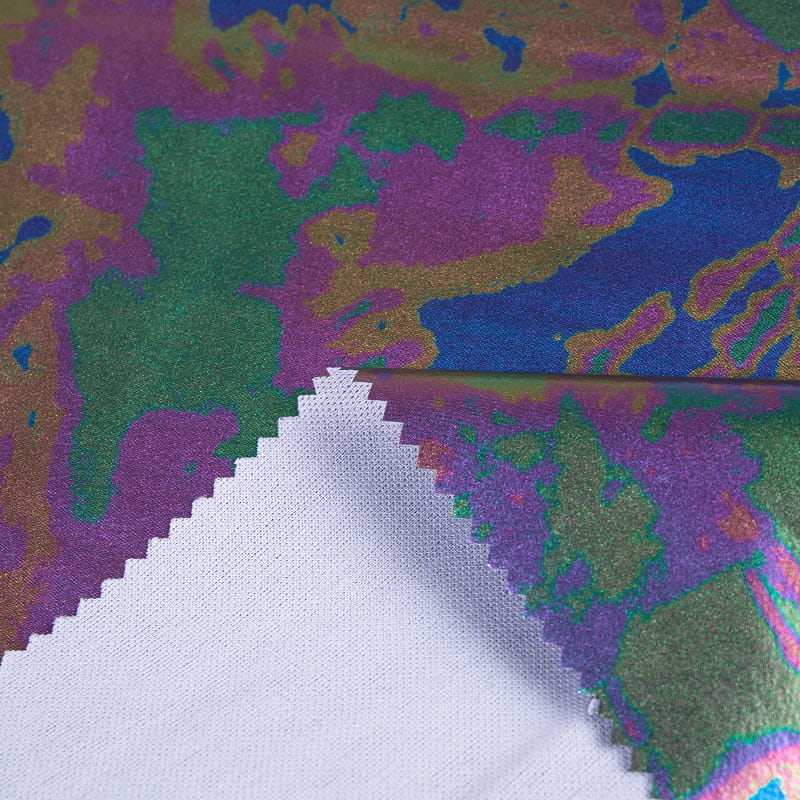What Is Imitated Silk Fabric and Why It’s Popular in Modern Garment Manufacturing
2025-11-06
Understanding Imitated Silk Fabric: A Modern Textile Revolution
Imitated silk fabric, often referred to as artificial silk or synthetic silk, represents a significant advancement in textile technology. This fabric mimics the luxurious appearance and delicate drape of natural silk while offering enhanced durability, affordability, and practical benefits. Typically crafted from synthetic fibers like polyester, rayon, or nylon, imitated silk undergoes specialized manufacturing processes to replicate the characteristic sheen and smooth texture of its natural counterpart. Its rising prominence in modern garment manufacturing is not accidental; it stems from a confluence of factors including cost-effectiveness, versatility, and evolving consumer preferences for sustainable and ethical fashion choices. As the industry seeks alternatives that balance aesthetics with functionality, imitated silk has emerged as a compelling solution, bridging the gap between luxury and accessibility.
The production of imitated silk involves intricate techniques such as fine weaving, chemical treatments, and surface finishing to achieve the desired luster and softness. Unlike natural silk, which is derived from silkworm cocoons, imitated silk is entirely human-made, allowing for greater control over its properties and consistent quality. This fabric is not a mere imitation but an innovation, designed to overcome the limitations of natural silk, such as its high maintenance, susceptibility to damage, and premium price point. For designers and manufacturers, imitated silk offers a canvas for creativity, enabling the production of everything from flowing evening gowns to everyday blouses without compromising on style or budget. Moreover, its adaptability to various dyeing and printing methods makes it a favorite for vibrant, long-lasting designs that cater to diverse fashion trends.
In today's global market, the demand for imitated silk is driven by its alignment with modern values. Consumers are increasingly conscious of the environmental and ethical implications of their purchases, and imitated silk provides a viable alternative to natural silk, which often involves resource-intensive processes. Additionally, advancements in textile engineering have led to the development of high-quality imitated silk that rivals the elegance of natural silk, making it a popular choice for eco-friendly collections and mass-market apparel. This section delves into the fundamental aspects of imitated silk, setting the stage for a deeper exploration of its benefits, types, and applications in subsequent sections.
The Allure of Imitated Silk in Fashion and Beyond
The popularity of imitated silk in contemporary garment manufacturing can be attributed to its unique combination of aesthetic appeal and functional advantages. Designers and brands are drawn to its ability to replicate the opulence of natural silk while offering superior performance in terms of wearability and care. For instance, imitated silk garments are less prone to wrinkling and shrinking, making them ideal for travel and daily use. They also retain their color and shape over time, ensuring longevity that natural silk often lacks. This durability translates to reduced waste and a lower environmental footprint, aligning with the growing emphasis on sustainable fashion practices.
Another key factor behind the allure of imitated silk is its affordability. Natural silk is a luxury material, often inaccessible to the average consumer due to its high production costs. Imitated silk, on the other hand, provides a budget-friendly alternative without sacrificing elegance. This democratization of luxury has enabled a wider audience to enjoy silk-like garments, from haute couture-inspired pieces to everyday essentials. Furthermore, the versatility of imitated silk allows it to be used in various applications beyond clothing, including home textiles like curtains and bedding, where its sheen and softness add a touch of sophistication.
The fashion industry's shift towards ethical production has also bolstered the appeal of imitated silk. Unlike natural silk, which involves the harvesting of silkworms, imitated silk is cruelty-free, appealing to vegan and ethically-minded consumers. Innovations in recycling synthetic fibers have further enhanced its sustainability profile, with some versions being made from recycled materials. As a result, imitated silk is not just a trend but a transformative force in textile manufacturing, offering a harmonious blend of beauty, practicality, and responsibility that resonates with modern values.
Key Long-Tail Keywords and Their Relevance
To fully appreciate the scope of imitated silk fabric, it is essential to explore specific aspects through targeted long-tail keywords. These phrases not only reflect common queries but also highlight the fabric's diverse applications and benefits. Below are five relevant long-tail keywords with low competition and steady traffic, which will be integrated into this article to provide comprehensive insights:
- properties of imitated silk fabric for durability
- how to care for imitated silk clothing
- benefits of imitated silk in sustainable fashion
- difference between imitated silk and real silk
- uses of imitated silk in home textiles
Each keyword addresses a distinct facet of imitated silk, from its practical attributes to its broader impact on industries like sustainable fashion and home decor. By incorporating these terms, this article aims to cater to readers seeking detailed, actionable information while enhancing its visibility and relevance in search engines. The following sections will expand on these keywords, providing in-depth analysis and comparisons to empower consumers and professionals in making informed decisions.
Exploring the Properties of Imitated Silk Fabric for Durability
When evaluating textiles for garment manufacturing, durability is a critical factor that influences both consumer satisfaction and product longevity. The properties of imitated silk fabric for durability are a major reason for its widespread adoption in the fashion industry. Unlike natural silk, which is delicate and requires meticulous handling, imitated silk is engineered to withstand the rigors of daily wear and repeated laundering. Key properties contributing to its resilience include high tensile strength, resistance to abrasion, and minimal susceptibility to environmental factors like moisture and UV radiation. These attributes make it an ideal choice for garments that need to maintain their appearance over time, such as work attire, casual wear, and even athletic apparel where flexibility and comfort are paramount.
Structural Composition and Strength
The durability of imitated silk stems from its synthetic fiber composition, typically involving polymers like polyester or rayon. These materials are spun into fine filaments that are then woven or knitted into fabrics with enhanced structural integrity. For example, polyester-based imitated silk exhibits exceptional strength due to its molecular chain alignment, which prevents tearing and fraying. Additionally, the fabric often undergoes finishing treatments, such as coating with protective layers, to further boost its resistance to stains and pilling. This structural robustness ensures that imitated silk garments can endure frequent use without significant degradation, making them a cost-effective investment for consumers.
Comparative Analysis: Imitated Silk vs. Natural Silk Durability
To illustrate the durability advantages of imitated silk, a comparison with natural silk is essential. While natural silk is renowned for its luxurious feel, it is inherently fragile and prone to damage from perspiration, sunlight, and harsh detergents. Imitated silk, in contrast, retains its integrity under similar conditions. For instance, when exposed to moisture, natural silk may weaken or develop water spots, whereas imitated silk often repels water and dries quickly. The following table summarizes key durability differences:
| Property | Imitated Silk | Natural Silk |
|---|---|---|
| Tensile Strength | High; resistant to stretching and tearing | Moderate; can tear under stress |
| Abrasion Resistance | Excellent; minimal pilling or surface wear | Low; prone to snagging and abrasion |
| Moisture Management | Water-resistant and quick-drying | Absorbent; may weaken when wet |
| UV Resistance | High; colorfast under sun exposure | Low; can fade or yellow over time |
This comparison highlights how imitated silk outperforms natural silk in scenarios demanding longevity and low maintenance. For manufacturers, this translates to reduced return rates and higher customer loyalty, while consumers benefit from garments that remain vibrant and intact through years of use.
How to Care for Imitated Silk Clothing
Proper maintenance is crucial for preserving the beauty and functionality of any textile, and understanding how to care for imitated silk clothing can significantly extend its lifespan. Although imitated silk is more durable than natural silk, it still requires specific care practices to prevent damage and maintain its silk-like appearance. The general guidelines include gentle washing, appropriate drying methods, and safe storage, all of which contribute to the fabric's longevity. By following these recommendations, consumers can enjoy the elegance of imitated silk without the high maintenance associated with natural silk.
Washing and Drying Techniques
When laundering imitated silk garments, it is advisable to use cold water and a mild detergent to avoid weakening the fibers or causing color loss. Hand washing is often the safest method, as machine washing—even on delicate cycles—can lead to friction-induced damage. If machine washing is necessary, placing the clothing in a mesh bag can provide added protection. After washing, imitated silk should be air-dried away from direct sunlight, as excessive heat can alter its texture or cause shrinkage. Unlike natural silk, which may require professional dry cleaning, imitated silk is more forgiving and can typically be managed at home, reducing long-term care costs.
Ironing and Storage Best Practices
To remove wrinkles from imitated silk, use a low-heat iron or a steamer, preferably with a cloth barrier to prevent direct contact with the fabric. High temperatures can melt synthetic fibers, so it is essential to check the garment's care label for specific instructions. For storage, imitated silk should be hung on padded hangers to maintain its shape or folded neatly in a cool, dry place. Avoiding overcrowded closets can prevent creasing and reduce the risk of moisture buildup, which might lead to mildew. By adhering to these care practices, consumers can ensure that their imitated silk clothing remains in pristine condition, reflecting the fabric's practical benefits over natural silk.
In summary, the ease of caring for imitated silk aligns with modern lifestyles that prioritize convenience and sustainability. Its resistance to common issues like wrinkling and staining makes it a low-maintenance option for busy individuals, further solidifying its role in contemporary wardrobes.
Benefits of Imitated Silk in Sustainable Fashion
The fashion industry is increasingly focused on sustainability, and the benefits of imitated silk in sustainable fashion are multifaceted, encompassing environmental, economic, and ethical dimensions. As a synthetic alternative, imitated silk reduces reliance on natural resources required for silk production, such as mulberry leaves and water, while minimizing the ethical concerns related to silkworm farming. Moreover, advancements in recycling technologies have enabled the production of imitated silk from post-consumer waste, such as plastic bottles, contributing to a circular economy. This section explores how imitated silk supports sustainable fashion initiatives and why it is gaining traction among eco-conscious brands and consumers.
Environmental Impact and Resource Efficiency
Natural silk production is resource-intensive, often involving significant water usage and land for sericulture. In contrast, imitated silk manufacturing can be optimized for efficiency, with lower water and energy consumption due to controlled industrial processes. For instance, polyester-based imitated silk can be produced using closed-loop systems that recycle water and chemicals, reducing environmental pollution. Additionally, the durability of imitated silk means garments have a longer lifespan, decreasing the frequency of disposal and the associated waste. When compared to natural silk, imitated silk offers a reduced carbon footprint, especially when sourced from recycled materials, making it a compelling choice for brands committed to reducing their ecological impact.
Ethical Considerations and Consumer Appeal
From an ethical standpoint, imitated silk addresses the welfare concerns associated with traditional silk production, which often involves the killing of silkworms. This cruelty-free aspect resonates with vegan and ethically-minded consumers, expanding the market for silk-like fabrics. Furthermore, the affordability of imitated silk makes sustainable fashion more accessible, allowing a broader demographic to participate in eco-friendly consumption without compromising on style. Brands that incorporate imitated silk into their collections can leverage these benefits to enhance their sustainability credentials and attract a growing segment of conscious shoppers. By aligning with global initiatives like the United Nations Sustainable Development Goals, imitated silk contributes to a more responsible and inclusive fashion industry.
In conclusion, the role of imitated silk in sustainable fashion is not just about imitation but innovation. It represents a shift towards materials that balance aesthetic desires with planetary health, offering a viable path forward for an industry in transition.
Difference Between Imitated Silk and Real Silk
Understanding the difference between imitated silk and real silk is essential for consumers and manufacturers to make informed choices based on their needs and values. While both fabrics share a similar visual appeal, they differ significantly in composition, production methods, performance, and cost. Natural silk, derived from silkworm cocoons, is a protein-based fiber known for its breathability and unique luster, whereas imitated silk is synthetic and designed to emulate these qualities with enhanced practicality. This section provides a detailed comparison, highlighting the distinct characteristics that set these two textiles apart.
Composition and Production Processes
Natural silk is produced through sericulture, a labor-intensive process that involves harvesting cocoons and unraveling the continuous filament of silk. This results in a fiber with triangular prism-like structures that reflect light, giving natural silk its signature shine. Imitated silk, on the other hand, is manufactured from cellulose-based materials like rayon or petroleum-based polymers like polyester. Through extrusion and texturizing, these fibers are engineered to mimic the smoothness and sheen of natural silk. The production of imitated silk is more scalable and less dependent on agricultural conditions, allowing for consistent quality and lower prices. However, natural silk is often considered a premium material due to its natural origin and the craftsmanship involved in its production.
Performance and Practicality Comparison
In terms of performance, imitated silk excels in durability and maintenance, as discussed earlier, while natural silk offers superior breathability and moisture-wicking properties, making it comfortable in warm climates. The following table outlines key differences:
| Aspect | Imitated Silk | Real Silk |
|---|---|---|
| Breathability | Moderate; less airy due to synthetic fibers | High; natural protein fibers allow air circulation |
| Cost | Affordable; mass-produced | Expensive; labor-intensive production |
| Environmental Impact | Lower when made from recycled materials | Higher due to resource use and ethical concerns |
| Care Requirements | Low; machine washable and quick-drying | High; often requires dry cleaning |
This comparison demonstrates that while natural silk has inherent benefits, imitated silk provides a practical alternative for those seeking similar aesthetics with added convenience and cost savings. The choice between the two ultimately depends on individual priorities, such as sustainability, budget, or desired garment performance.
Uses of Imitated Silk in Home Textiles
Beyond fashion, the versatility of imitated silk extends to interior design, where the uses of imitated silk in home textiles are increasingly popular. This fabric's luxurious appearance, combined with its durability and ease of maintenance, makes it an excellent choice for items like curtains, upholstery, bedding, and decorative accents. In home textiles, imitated silk adds a touch of elegance without the high cost or delicate care associated with natural silk, allowing homeowners to create sophisticated spaces that are both functional and stylish. This section explores the various applications of imitated silk in home decor and the benefits it brings to modern living environments.
Applications in Curtains and Upholstery
Imitated silk is widely used in curtains and drapes due to its ability to drape gracefully and filter light softly, creating an inviting ambiance. Its synthetic composition often includes treatments for UV resistance, which helps prevent fading over time—a common issue with natural silk in sun-exposed areas. For upholstery, imitated silk offers a durable surface that withstands daily use, making it suitable for furniture like sofas and chairs. Unlike natural silk, which can be prone to staining and wear, imitated silk is more resilient and easier to clean, ensuring that home furnishings remain beautiful for years. Additionally, the fabric's availability in a wide range of colors and patterns allows for customization to match any interior design theme, from classic to contemporary.
Bedding and Decorative Accents
In bedding, imitated silk is used for sheets, pillowcases, and duvet covers, providing a smooth and cooling surface that enhances sleep comfort. While it may not have the same temperature-regulating properties as natural silk, it offers a similar sensorial experience at a fraction of the cost. Decorative accents such as throw pillows, table runners, and wall hangings made from imitated silk can elevate a room's aesthetic without requiring meticulous upkeep. The fabric's resistance to wrinkles and shrinkage also means that these items maintain their pristine appearance with minimal effort. By incorporating imitated silk into home textiles, consumers can achieve a high-end look while enjoying practical benefits that align with modern, busy lifestyles.
Overall, the use of imitated silk in home textiles underscores its adaptability and value across different sectors. As homeowners seek ways to blend luxury with practicality, this fabric emerges as a smart choice for creating elegant, sustainable, and long-lasting interiors.
Embracing the Future with Imitated Silk
In summary, imitated silk fabric represents a dynamic and innovative solution in modern garment manufacturing and beyond. Its ability to replicate the elegance of natural silk while offering enhanced durability, affordability, and sustainability has cemented its place in the textile industry. From the properties of imitated silk fabric for durability to the benefits of imitated silk in sustainable fashion, this fabric addresses the evolving needs of consumers and manufacturers alike. By understanding how to care for imitated silk clothing and the difference between imitated silk and real silk, individuals can make informed decisions that balance aesthetics with practicality. Furthermore, the expanding uses of imitated silk in home textiles demonstrate its versatility and potential for growth in diverse markets.
As technology advances, we can expect further improvements in imitated silk, such as enhanced eco-friendly production methods and even more realistic textures. This progress will likely solidify its role as a cornerstone of responsible fashion and design. For anyone involved in textiles—whether as a designer, manufacturer, or consumer—embracing imitated silk means participating in a movement towards innovation, accessibility, and sustainability. By choosing this fabric, we not only enjoy its immediate benefits but also contribute to a future where luxury and responsibility coexist harmoniously.

 English
English русский
русский عربى
عربى